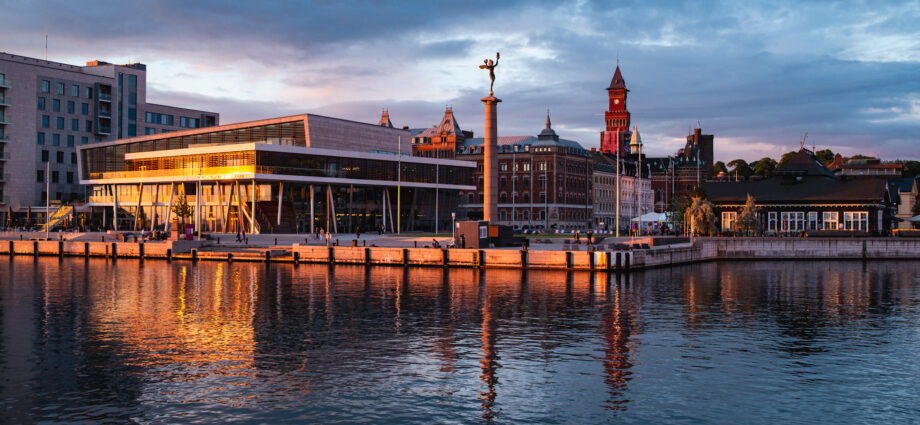Some fresh news from Helsingborg, Sweden, where quite a lot is happening at the moment.
By Doru Oprisan, Stockholm Correspondent at Pedestrian Space
H22 City Expo started on the 31st of May and is ongoing until the 3rd of July. It is a string of events and exhibitions showcasing the latest innovations the city has been busy with in the past few years. Helsingborg has an ambitious 2035 vision that brings together sustainability, circular economy, quality of life improvements, climate neutrality and so on, but they felt that they needed “a milestone”, as mayor Peter Danielsson put it. So, they set aside a budget for experimentation, failure and innovation, as these things usually come together and a deadline for 2022. They invited international companies, universities and the local community to get involved and the first results are showcased at the City Expo, to be followed by others in the coming years.
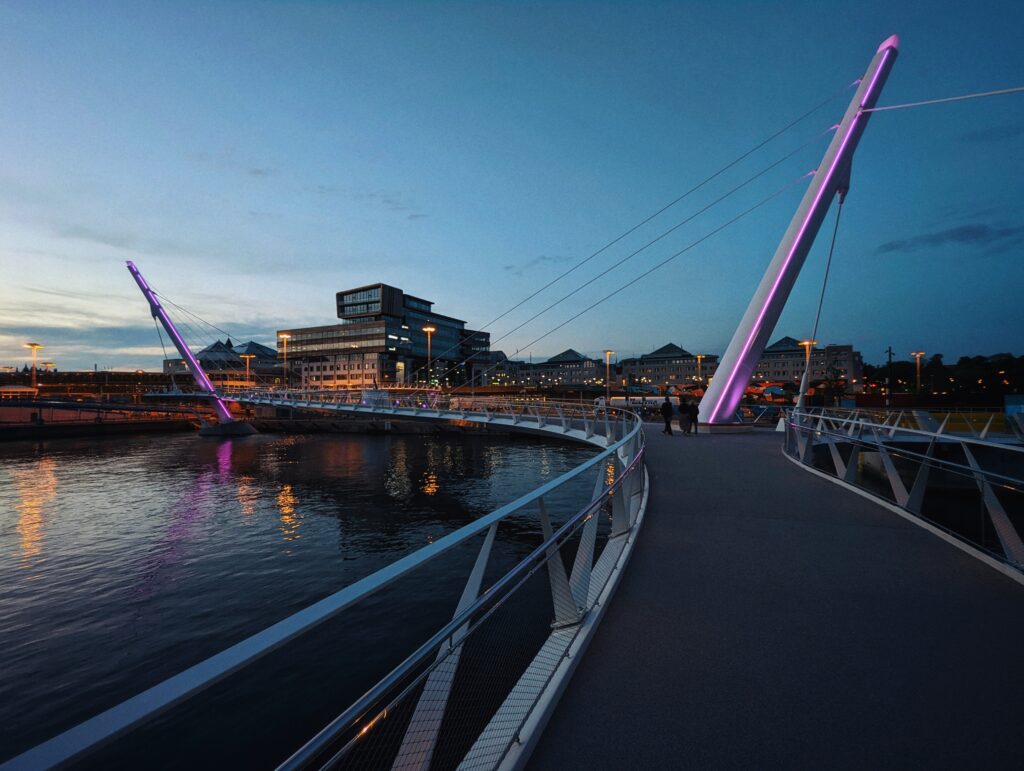
…there are many smaller issues we can tackle: building affordable houses with the latest tech and materials is attainable, especially if you have municipal building companies; involving residents in the planning of future areas, or revitalizing old ones, creating co-living and meeting places, communal gardens, quality transportation, employing locals, starting art projects with residents, talking to people and educating them, building trust and so on.
Some examples include an entirely new sustainable neighborhood built by the water, with an innovative sewage system, all kinds of digital solutions, a district with a troubled past that now attracts international attention for social innovation, a new type of concrete that uses less cement than usual, resulting in 20% less emissions in the manufacturing phase and paving slabs that are smaller and stronger and many, many others.
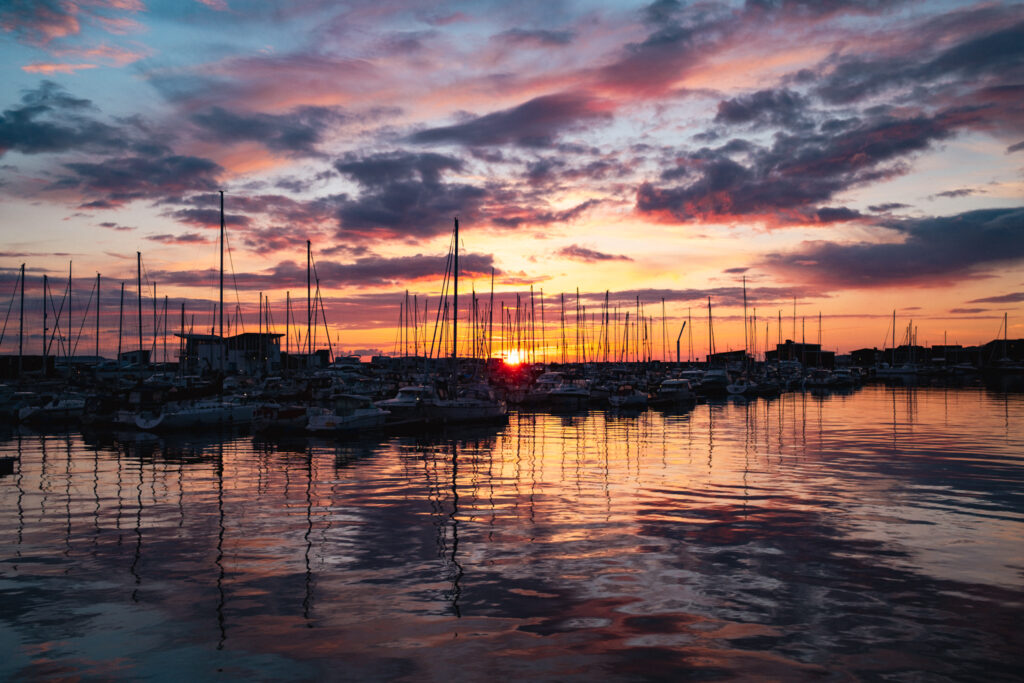
There are over 100 entities involved and more than 60 conferences that tell the stories of all the developments in Helsingborg this month. Also, a few other cities were invited to share their latest projects, because cooperation is key to address the many challenges that urban areas all over the world are facing today. One ambitious example is from the city of Linz, which has launched a hydrogen initiative as a first step to have carbon-neutral steel production in the future, while Oslo presented a high-rise building made of timber.
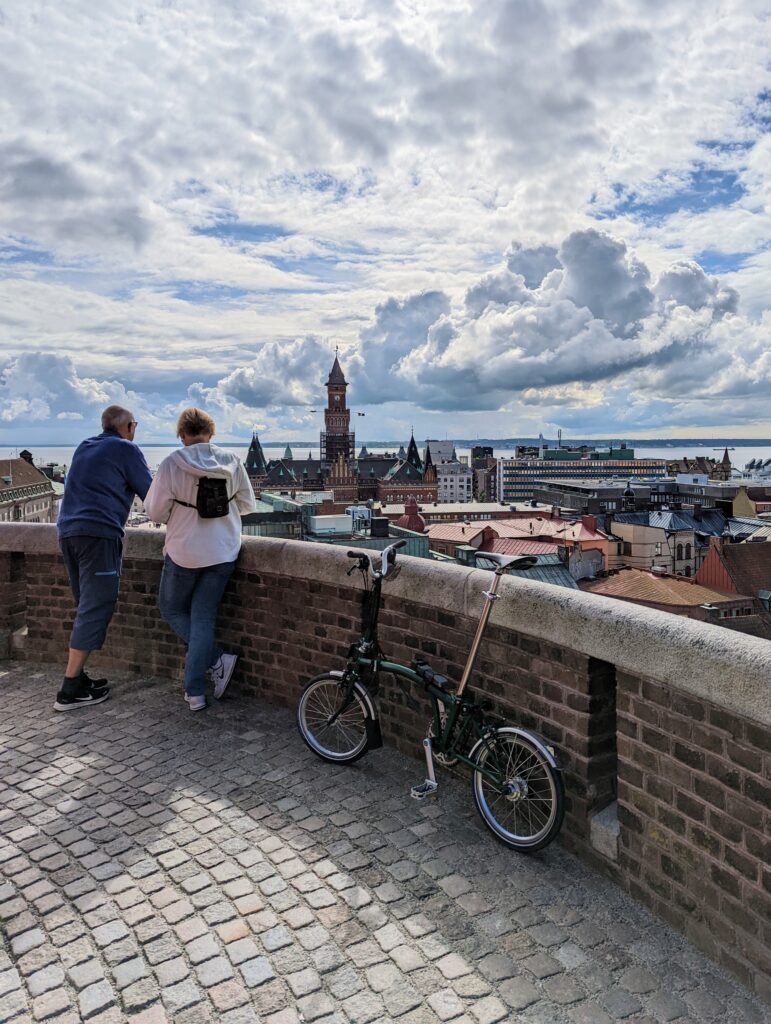
There is a real need for participation and a rediscovery of the role of the citizen. On one hand, administrations need to open up and invite people into the conversation about the environment they live in, and on the other hand, people need to get involved and become responsible for parts of their communities.
And yesterday, June 1st, another event started in Helsingborg: the Urban Future Global Conference or UF22. Hundreds of city changers come together for 3 days to exchange knowledge about how to make cities safer, smarter, cleaner, more efficient, better. Mayors, urban planners, entrepreneurs, architects, NGOs and artists share inspiring examples about bringing change in cities.
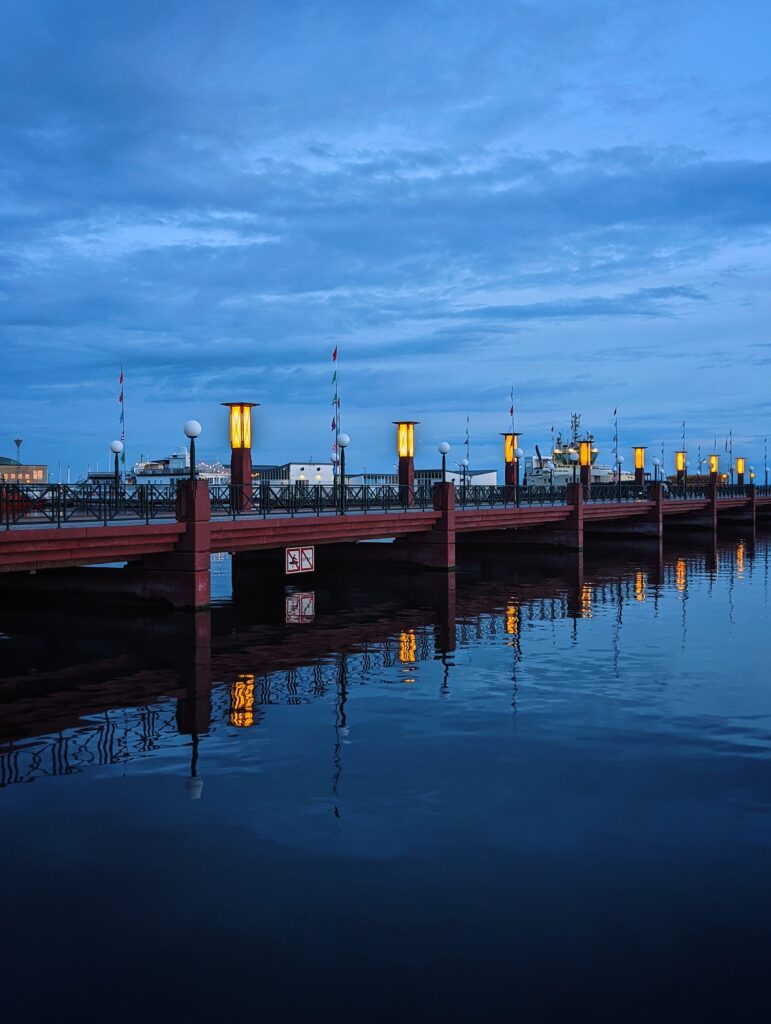
The first day was packed with sessions and workshops. It’s impossible to take part in all of them, unfortunately, but I found a lot of information in the ones I did attend. The highlight of the day was the one about revitalizing troubled districts, with powerful examples from Medellin, Oslo and Helsingborg.
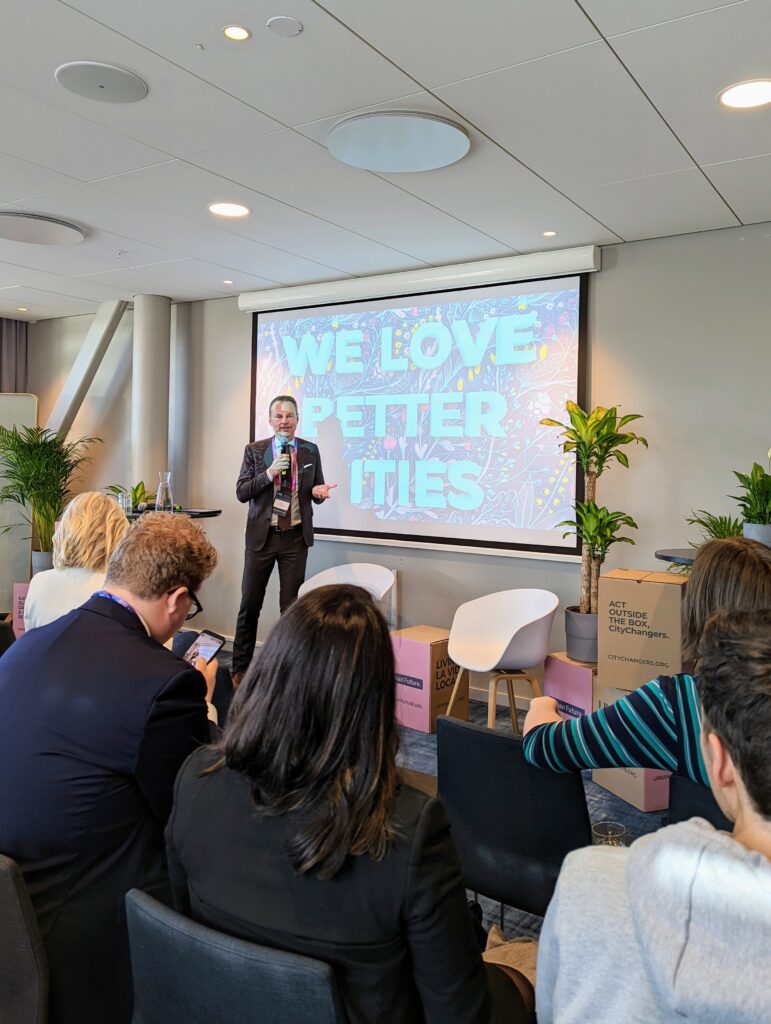
Troubled neighborhoods are everywhere around the world, because the problems are universal: if the city doesn’t provide opportunities, safety and an avenue for exchanging feedback with the locals, then you will have people with a deficit of ideas and communication, which will surely lead to conflicts, says Santiago Uribe Rocha from the City of Medellin.
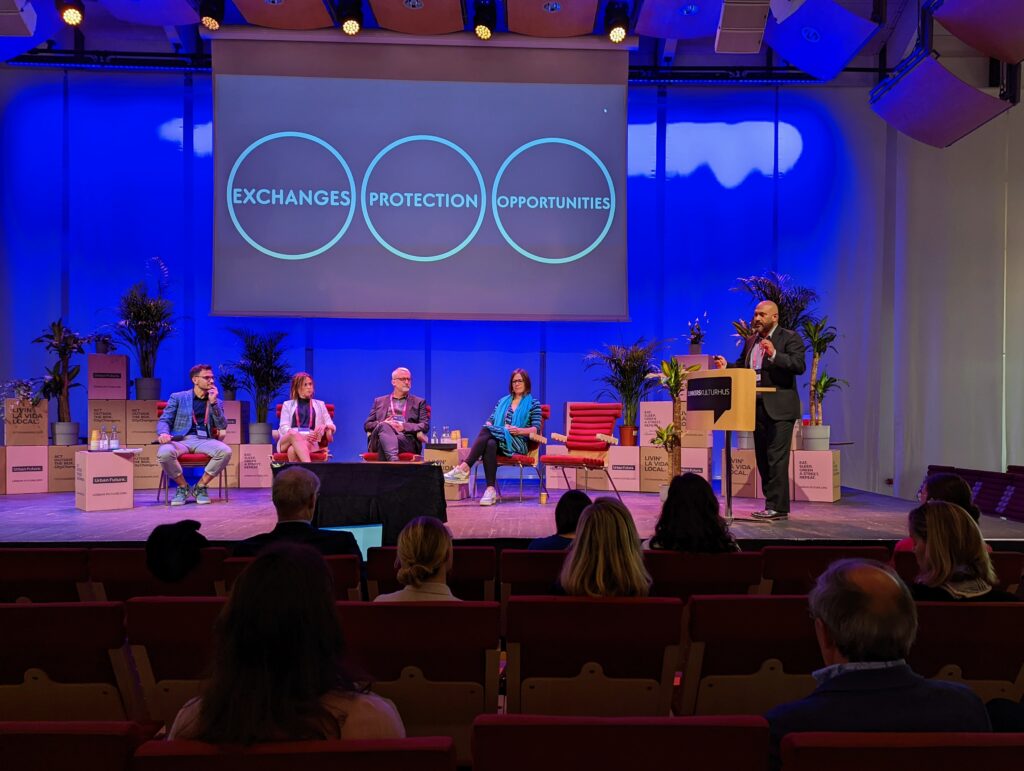
Now, if it all seems too complicated and you’re tempted to give up, keep in mind that the stakes are high: democracy itself is in danger, partly because we are failing in shaping our cities and creating participation.
There is a real need for participation and a rediscovery of the role of the citizen. On one hand, administrations need to open up and invite people into the conversation about the environment they live in, and on the other hand, people need to get involved and become responsible for parts of their communities. Delegating everything to officials doesn’t work in the long term, even if it’s comfortable, because it disconnects both citizens and authorities from the reality on the ground.
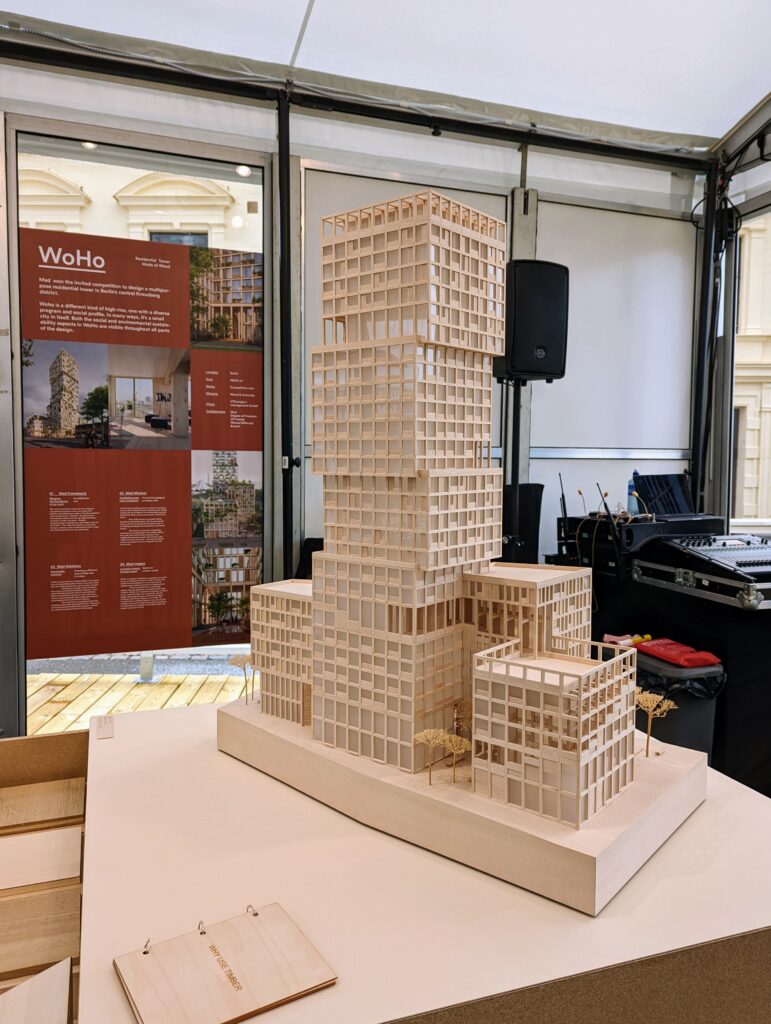
In case this all sounds simple, it’s worth mentioning that each step has multiple challenges of its own. For example, participation, while generally good, can also be bad if the people are not informed and educated in advance, so they really understand the problem and the options. Or, participation can lead to conflict between local groups with different interests. And then there is participation fatigue, which usually happens when results take a long time to materialize and people lose trust. Oh, and did I mention that initial trust, to get people involved, is a super complicated process as well? In Medellin it took 4 years of door-to-door visits and local gatherings before the city could start sketching new planning.
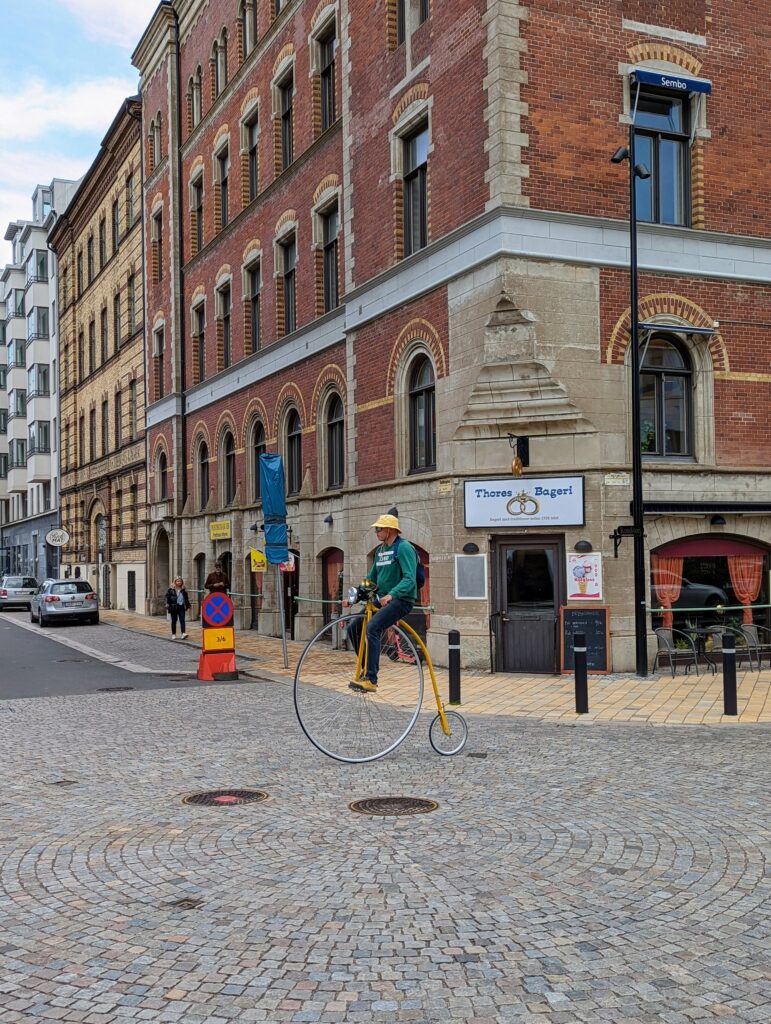
Now, if it all seems too complicated and you’re tempted to give up, keep in mind that the stakes are high: democracy itself is in danger, partly because we are failing in shaping our cities and creating participation.
Shall we move on to inequality? That’s even bigger.
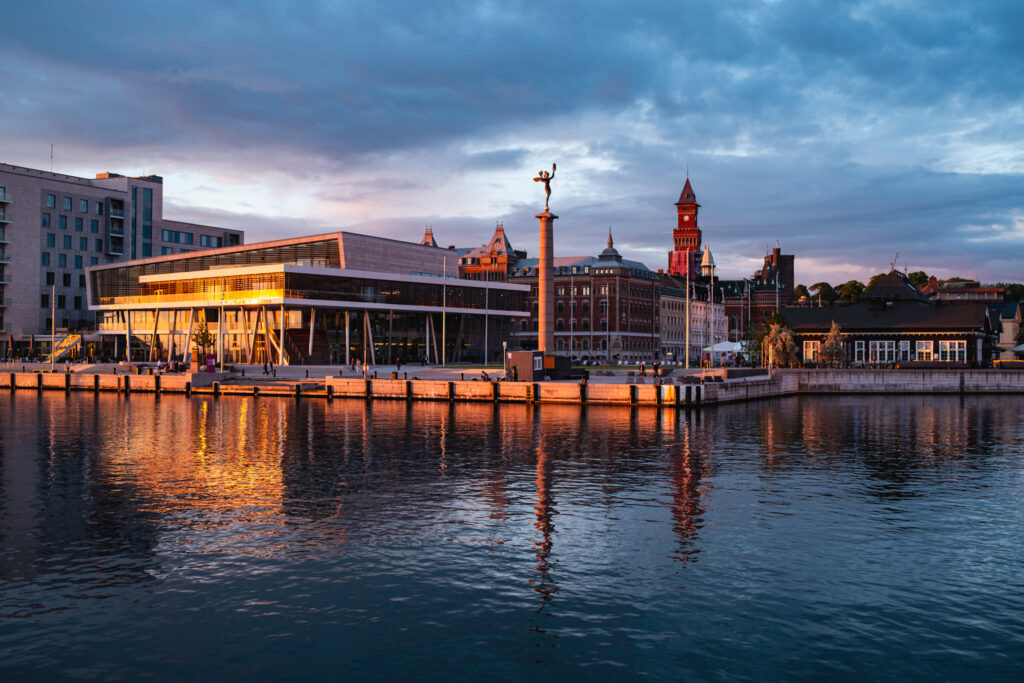
The bad part is that the speakers today had no answers to truly address this one. (Hint: it’s because the economy is broken.) The good part is that there are many smaller issues we can tackle: building affordable houses with the latest tech and materials is attainable, especially if you have municipal building companies; involving residents in the planning of future areas, or revitalizing old ones, creating co-living and meeting places, communal gardens, quality transportation, employing locals, starting art projects with residents, talking to people and educating them, building trust and so on.
More to come from Helsingborg, a city obsessed with change.
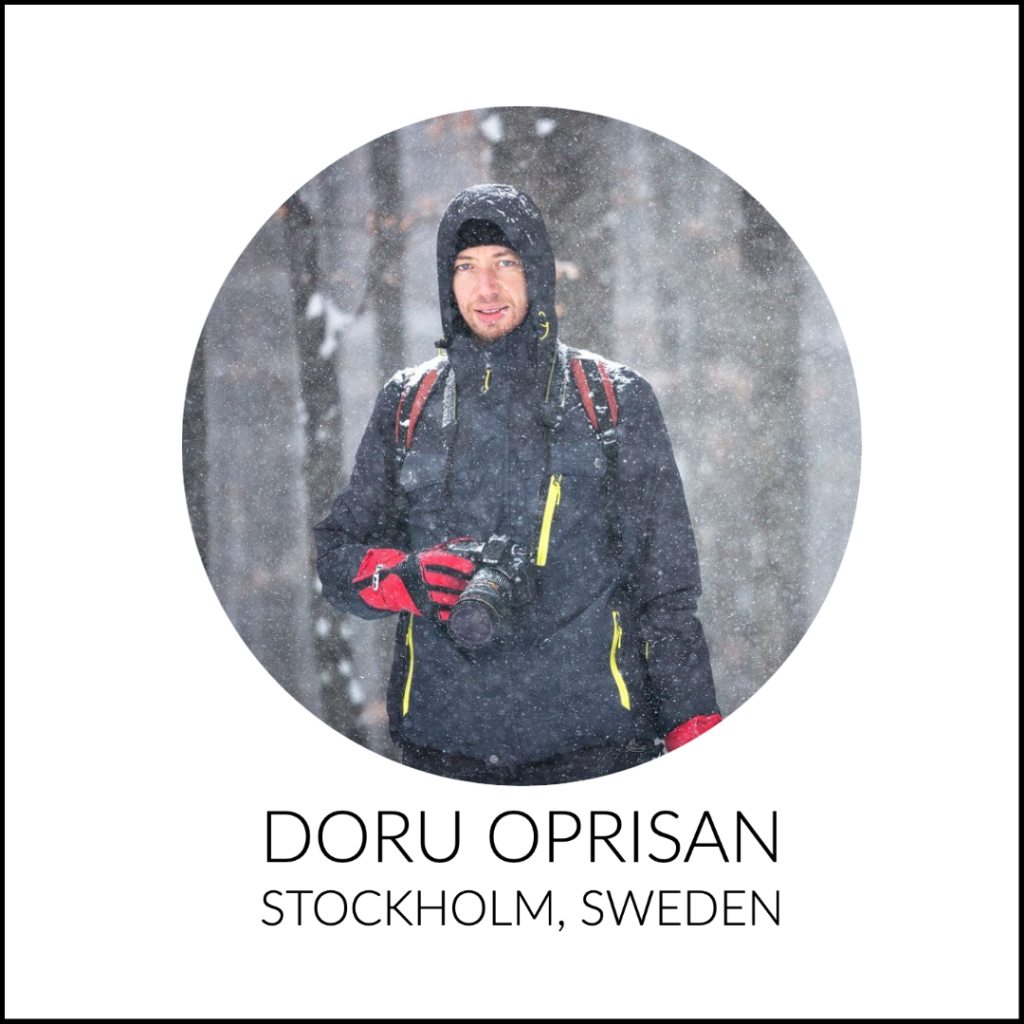
Doru worked for many years as a radio journalist and a photographer in Bucharest, Romania, before recently moving to Stockholm, Sweden. The traffic situation was one of the reasons for the move, and it also pushed him into studying urban mobility. As a pedestrian and also a passionate cyclist, he is determined to use his communication and photo abilities to try and shift mindsets in a healthier direction while potentially carving a new career for himself.
Read Stockholm Correspondent Doru’s content here
Read about the Global Walkability Correspondents Network here

